Amaru Bioparque Zoo: A Must See in Cuenca, Ecuador
“Imagine if Swiss Family Robinson built a zoo on the side of a hill.” That’s how our friend described the Amaru Bioparque Zoo in Cuenca, Ecuador. As you might suspect, it is unlike most zoos you’ve probably visited.
While staying in Cuenca, we kept hearing about the zoo. Once we had seen it for ourselves, we hopped on the bandwagon and started advising others to put this on the top of their “must do” list for Cuenca.
Updated: November 2021. Originally published: May 2016.
So what sets this place apart?
Amaru’s Natural Environment
Unlike the zoos we are used to, I can’t recall seeing any concrete in this place. Rather than weave your way around exhibits via sidewalks, the experience is more like hiking through the woods.
Be ready for hoofing it uphill on rough terrain for 2-4 hours. You will follow dirt paths that wind around and up the hill before descending. It’s pretty much one route – there isn’t really a shortcut back.
Not only will you experience the animals in a natural setting, but you’ll also be rewarded with fantastic views of Cuenca from above.
Cuenca’s Zoo is accredited by ALPZA. Although we’re no experts on animal welfare, the habitats seemed more natural and less like cages. Almost all of the animals were very active when we went, which is not usually the case in other zoos.
Up close and personal with animals in the bioparque
The way the habitats are designed, you can often get closer to the animals than you can in most zoos. This, of course, requires visitors to exercise caution and respect and keep a close eye on children.
In some cases, like the bird sanctuaries, you can actually walk among the animals without any barrier separating you.
Ecuadorian Experience
Apart from a handful of animals like the African lions, which are included for both educational and marketing value, I believe all of the other animals come from Ecuador.
Emphasis is placed on education and conservation – preserving the environment in Ecuador and protecting the life of each species. This is a non-profit and I got the sense that they take their mission seriously, rather than trying to become a big, fancy attraction.
The physical set up of the park itself presents a unique, non-corporate feel. You can tell that the place is frequented just as much by Ecuadorians as it is by foreign tourists. In fact, not all of the signs and markings in the zoo have been translated into English.
When to go to Amaru Zoo
The two times we went, it had rained moderately about 36 hours beforehand and there were still a few mud puddles but they could be easily avoided. If you went within 24 hours after a heavy rain, it would undoubtedly be slick and muddy and not too much fun.
So try to go on a clear day (and if you do, bring sunscreen)!
At the entrance to the park, they have a sign posted with any special activities for the day. Most of the activities, like bear and lion feedings, are scheduled for weekends and holidays.
Previously, the park opened at 10am on weekends. However, as of November 2021, the hours are 9am to 4pm daily (except Christmas).
We arrived as the zoo was opening on a Sunday, and it was great to explore the whole park almost to ourselves.
To catch the extra activities, I would recommend arriving around 10:30. A caretaker feeds the Andean bear family at 11am and gives a little talk, which is located near the beginning of your journey.
We found out that two of the bears were rescued and their daughter was born in Amaru zoo in 2014. They enjoy one of the largest habitats for bears that exists in any zoo. Caretakers throw honey on sticks around their habitat to give the bears’ olfactory systems some practice as well as keep them active “hunting.”
At 12pm there is a feeding of the condors as well as a demonstration with a black eagle. Then at 1pm they feed a pride of lions (this is toward the end of the hike).
The lion territory includes a steep hill, which they are amazingly able to traverse. Before feeding, the lions are moved to another area so the zookeepers can hide large chunks of meat (what looked like chicken and goat) throughout the area. The caretakers answer questions about the lions and share some precautions (in Spanish) before releasing the lions back into their territory.
Waiting in anticipation, it was pretty impressive to see the big Alpha lion bound across the hill to his catch, followed by another male, several females, and one or two cubs – each seeking out their own catch and chowing down in private. Definitely try to catch the lion feeding!
In the middle of the park, there is a small snackbar, covered tables, souvenir shop, and bathroom. We brought our own snacks and took a break there to eat on our first trip, although the website now says not to bring your own food. Of course, it’s important not to have food out in the areas with the “free range” birds and not to feed any animals.
How to get to Amaru Zoologico Cuenca
It is possible to reach the zoo by bus, if you find the city bus that goes all the way out to Hospital del Rio. From there, you’ll still have to continue down the highway and then walk a good ways up a steep dirt road to reach the entrance. The road to Amaru Zoo is clearly marked with a large sign.
Most people arrive by car or taxi (about $5 from the center). This way you can save your energy for the zoo itself, which is quite a hike already. On site parking is available, I believe for $2. On weekends, the parking lot was full by mid-day.
Learn more about the best ways to get around Cuenca here >
Entrance prices for Amaru at the time of this writing are:
$6 adults
$5 teens
$4 kids
$3 senior citizens
If you have any questions or would like to share some recommendations of your own, please leave a note in the comments below.
For further reading:
– 5 Great Day Trips from Cuenca, Ecuador
– What to See and Do in Cuenca, Ecuador (Plus Walking Tour Map)
– What and Where to Eat in Cuenca
– Cuenca Public Transport Guide
– Where to Practice Spanish and Get Free Lessons in Cuenca
– 6 Beautiful Places to Visit in the Ecuadorian Andes

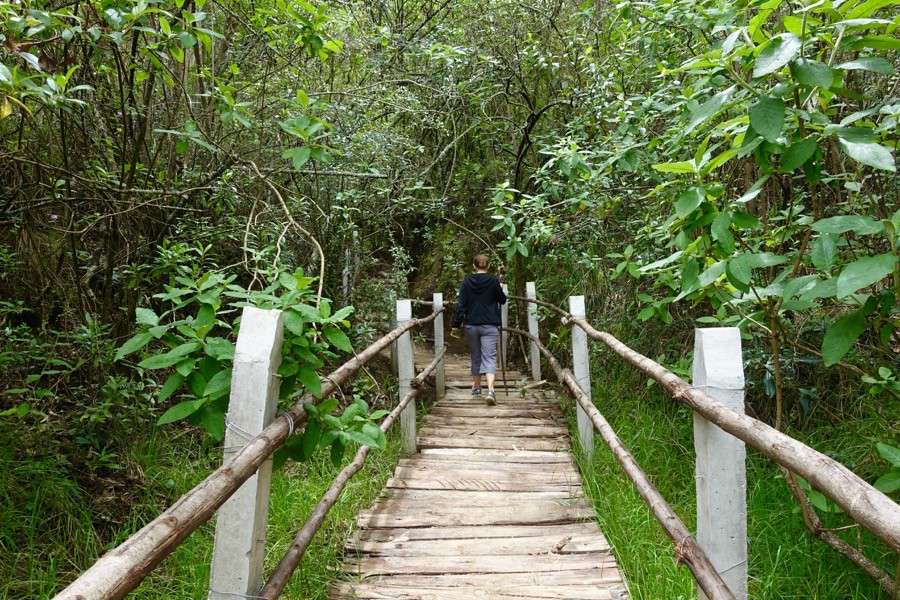
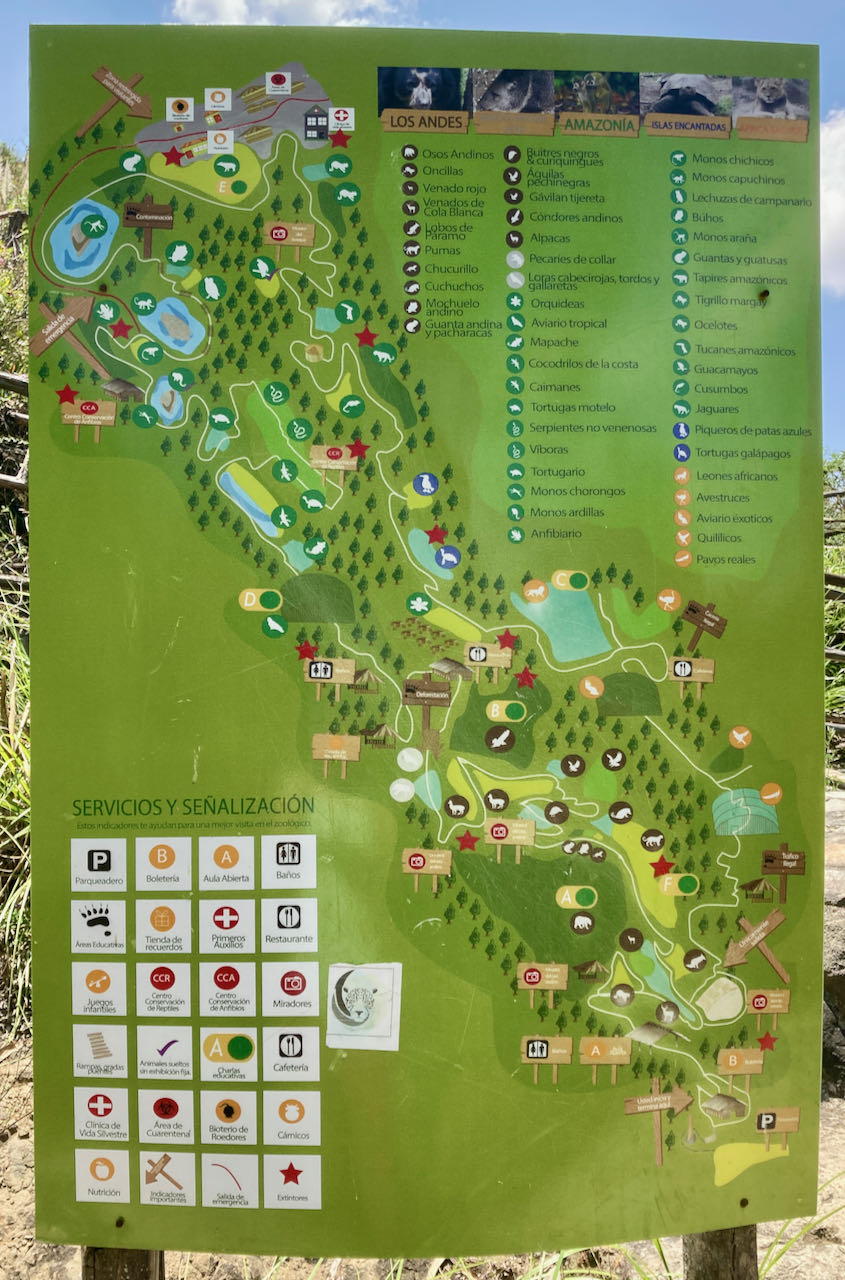
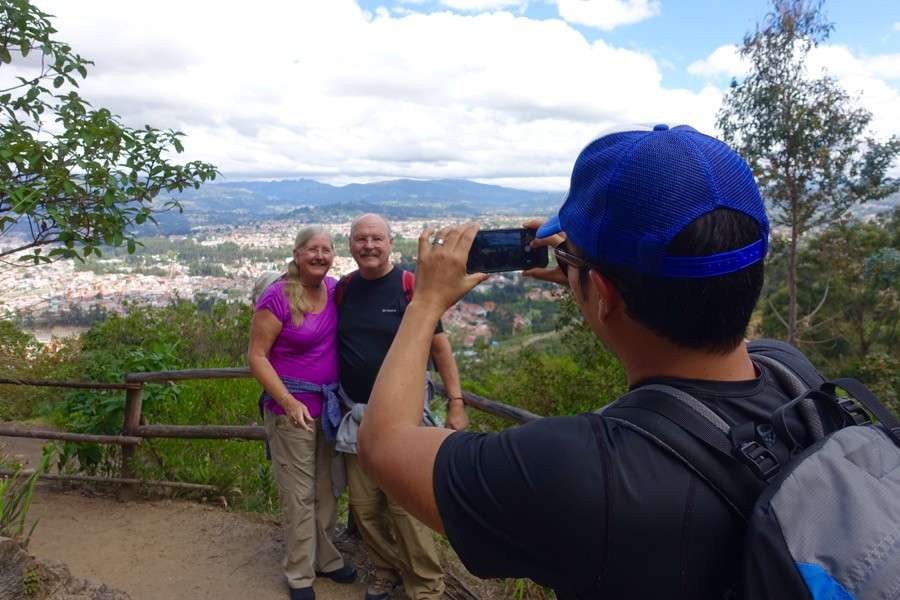
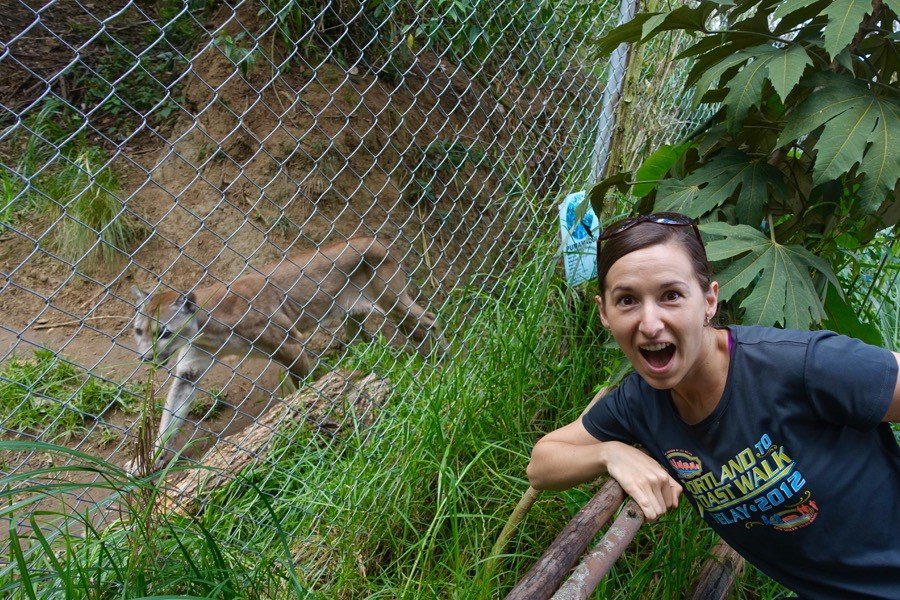
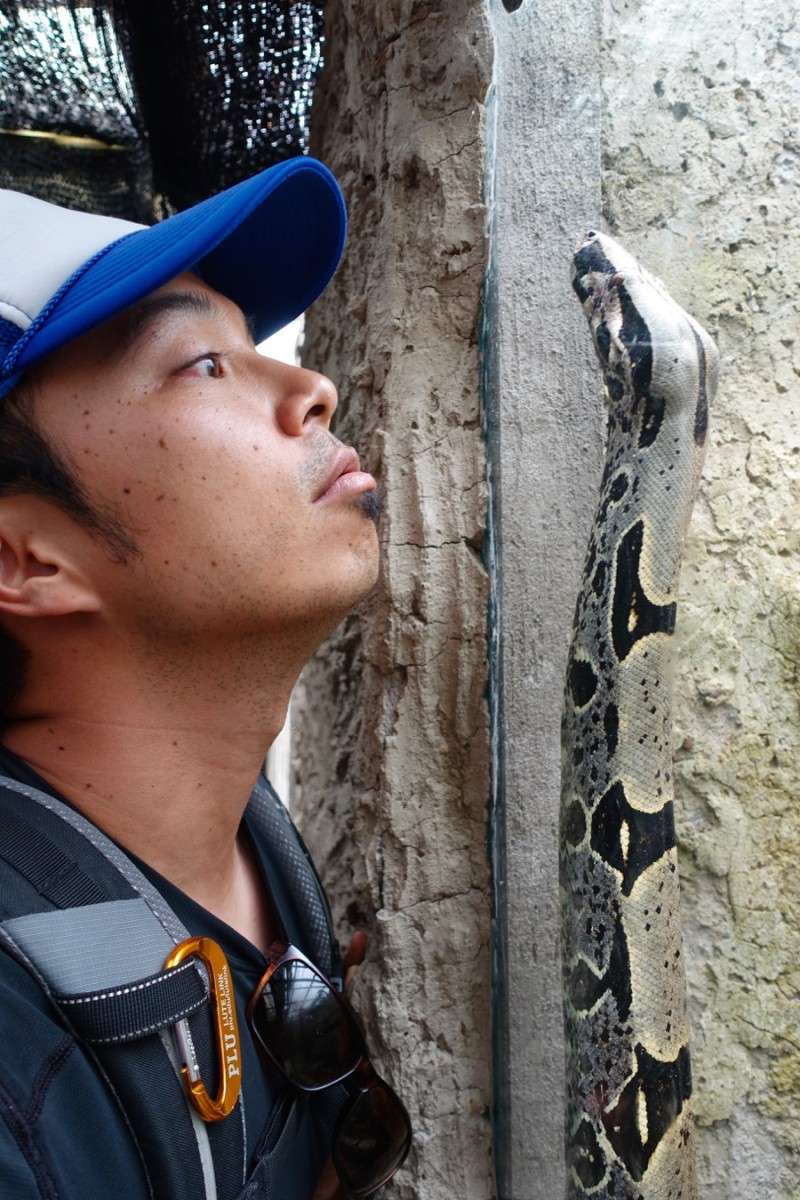
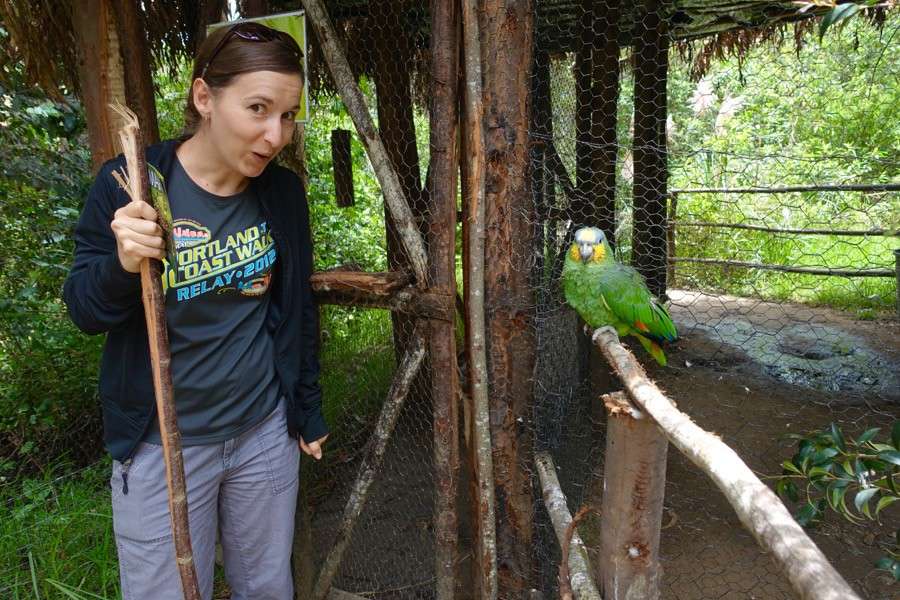
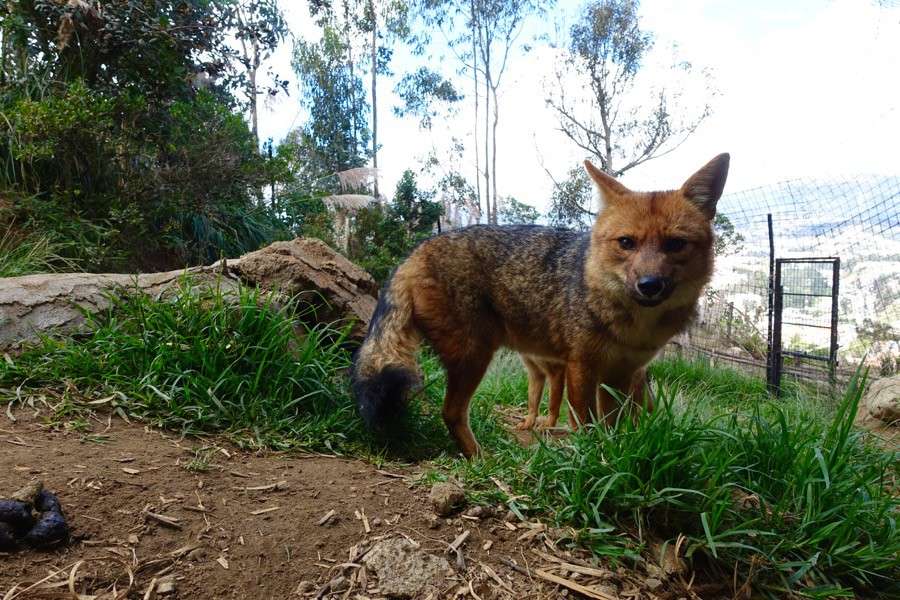
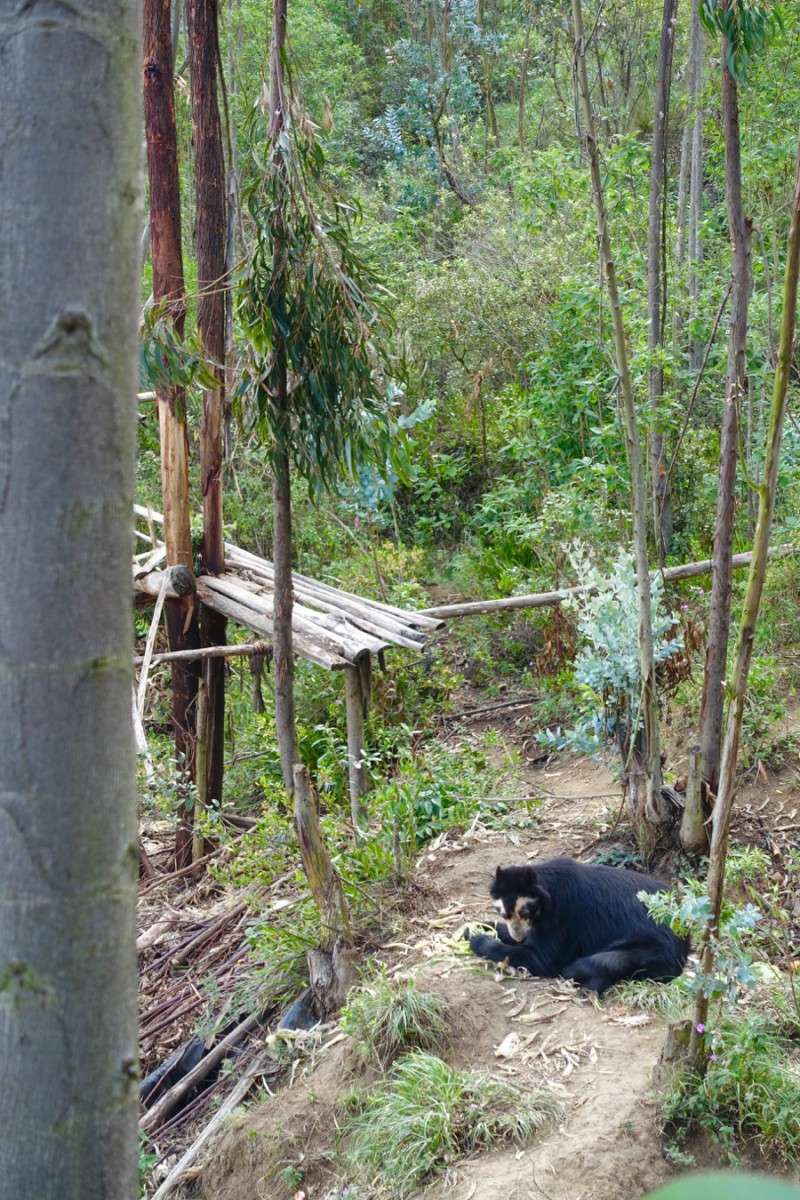
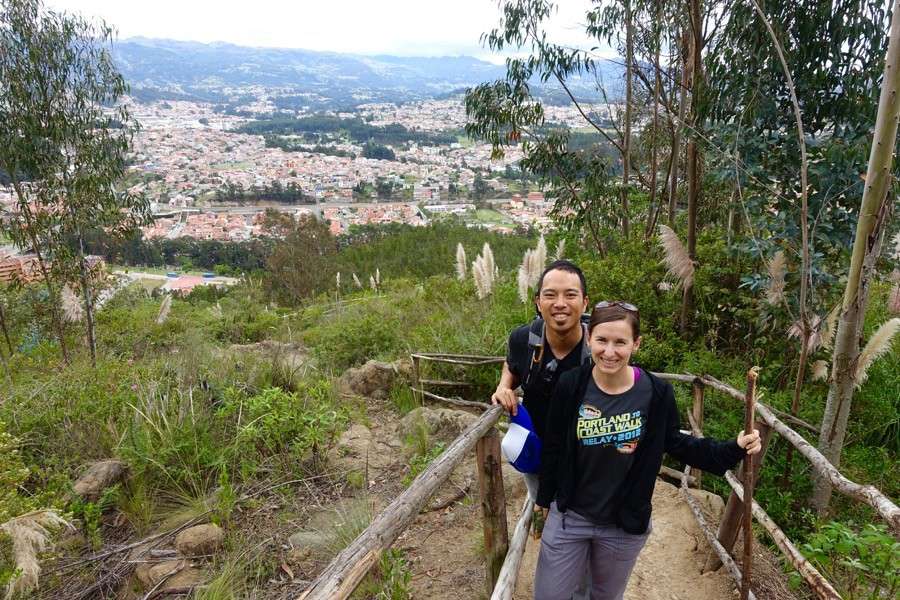

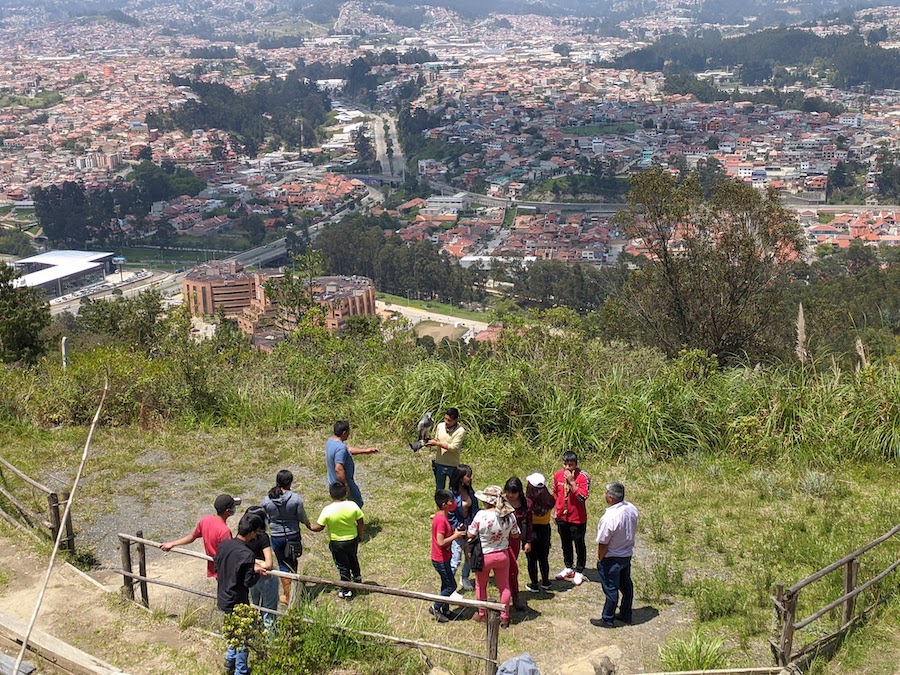

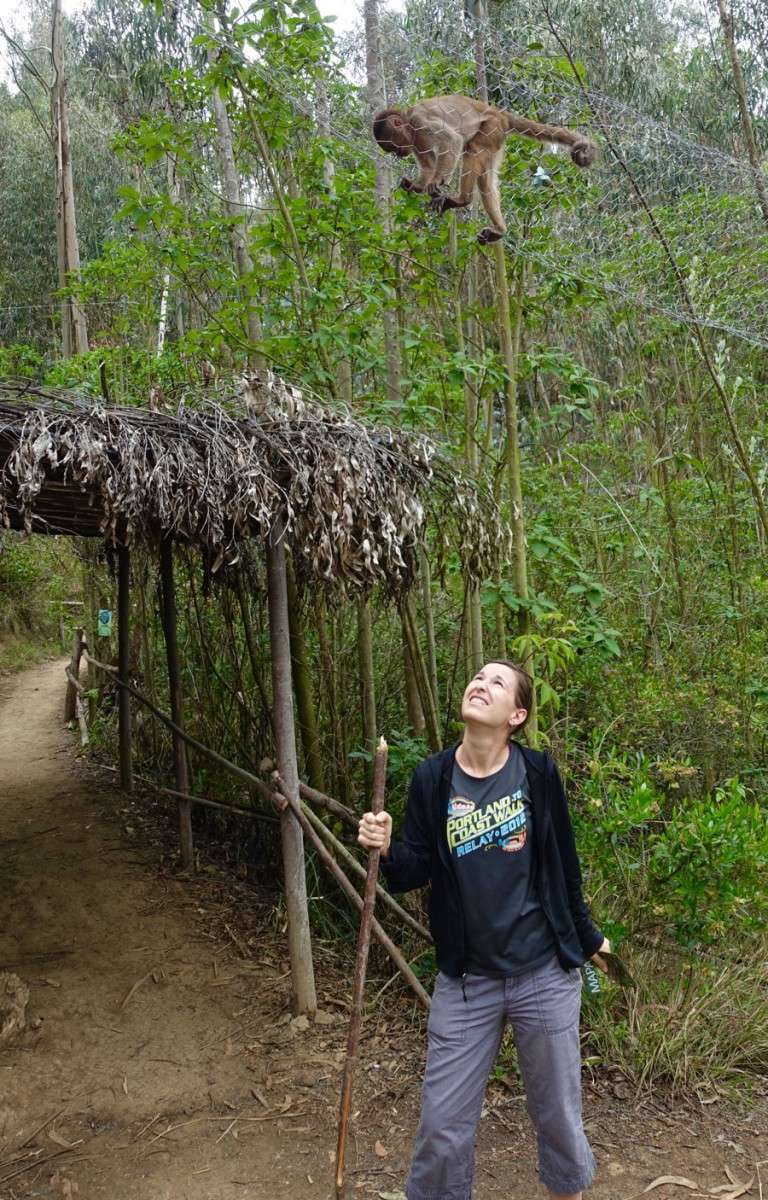

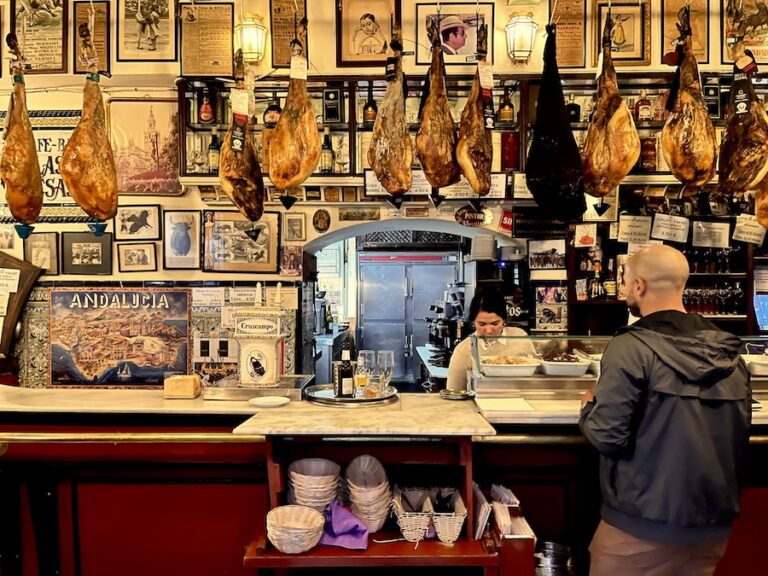




Buenos dias Michelle y Jedd. Me encanta este zoologico! You are absolutely correct that it is unlike any we’ve ever seen before. And that’s exactly why I would make the effort to visit it if/when we visit Cuenca in the future. I love that they have made it more of a natural habitat rather than a concrete structure. Thanks for sharing it. ~Kathy
Hi, how did you get to Cuenca? Did you go by bus? Is it safe for young woman? Once in Cuenca, how do you get to the zoo safely.
Thanks
Hi Nini. We went to Cuenca by bus (stayed in Banos first), though friends of ours flew in to the airport. The bus is relatively safe. Just in case, we keep any valuables in a bag on our laps or under our feet, rather than overhead where it’s harder to watch (especially if you fall asleep). Cuenca is one of the safest areas in Ecuador, though it’s always wise to keep your wits about you, especially at night.
To get to the zoo, you can either take a bus and walk up from the main road, though I recall there wasn’t clear signage, so it’s easier to ask a taxi who would take you all the way to the entrance.